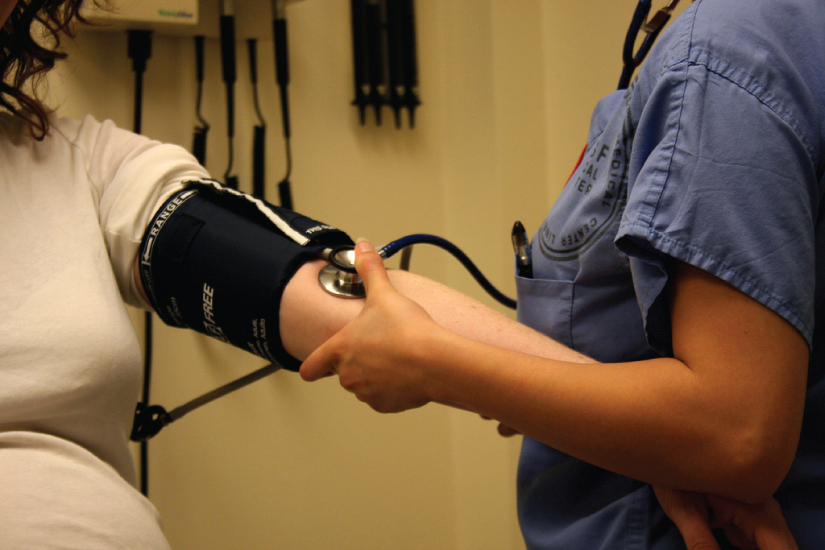
|

1.1 An introduction to the human body Read Online
1.2 The chemical level of organization Read Online

After studying this chapter, you will be able to:
Though you may approach a course in anatomy and physiology strictly as a requirement for your field of study, the knowledge you gain in this course will serve you well in many aspects of your life. An understanding of anatomy and physiology is not only fundamental to any career in the health professions, but it can also benefit your own health. Familiarity with the human body can help you make healthful choices and prompt you to take appropriate action when signs of illness arise. Your knowledge in this field will help you understand news about nutrition, medications, medical devices, and procedures and help you understand genetic or infectious diseases. At some point, everyone will have a problem with some aspect of his or her body and your knowledge can help you to be a better parent, spouse, partner, friend, colleague, or caregiver.
This chapter begins with an overview of anatomy and physiology and a preview of the body regions and functions. It then covers the characteristics of life and how the body works to maintain stable conditions. It introduces a set of standard terms for body structures and for planes and positions in the body that will serve as a foundation for more comprehensive information covered later in the text. It ends with examples of medical imaging used to see inside the living body.
Question: To tell if an animal is truly polydipsic, need to measure the water intake. How much water is too much intake?
Choices:
>25 ml/kg/day
>50 ml/kg/day
>100 ml/kg/day
>125 ml/kg/day
>150 ml /kg/day
Question: Central Diabetes insipidus (CDI) is defined as partial or complete lack of ADH. True /False
Choices:
True
False
Question: What diagnostic tool helps rule out if animal is PU/PD?
Choices:
Urine Culture
PE
Urinalysis
CBC
Biochem Panel
Question: 7yr old female intact, german shepherd. PU/PD glucosuria . CBC shows stress leukogram. BioChem panel normal. Urine culture was neg . Abdominal radiograph did not show any significant findings. What is a possible diagnosis?
Choices:
Diabetes Mellitus
Central Diabetes Insipidus
Portosystemic shunt
Pyometra
Fanconi's syndrome
Question: 7yr old female intact, german shepherd. PU/PD CBC- mild anemia; BioChem panel shows azotemia. Urine culture was + . Abdominal radiograph did not show any significant findings. What is a possible diagnosis?
Choices:
Diabetes mellitus
Pyelonephritis
Fanconi syndrome
Portosystemic shunt
Central diabetes insipidus
Question: Modified water deprivation test is considered a second wave diagnostic test if all first wave diagnostics come out normal. True/ False
Choices:
True
False
Question: Which of the following is a specific rule out for osmotic diuresis?
Choices:
Diabetes Mellitus
Renal Insufficiency
Fanconi's syndrome
Post Obstructive diuresis
All of the above
Question: Tyson weighs 60 pounds and drinks 3 L per day. How much water is the dog consuming on a ml/kg/day basis? Is he polydipsic?
Choices:
27.5 ml / kg/day ; No
3000 ml/ kg/day ; Yes
3000 ml/ kg/ day ; No
109 ml/kg /day ; No
109 ml/ kg/ day; Yes
Question: ________________ nephrogenic Diabetes Insipidus is common
Choices:
Primary
Secondary
Central
Tertiary
Question: If animal has a low T4 result , then that animal has primary hypothyroidism. True/ False
Choices:
True
False
Question: 7yr old female intact, german shepherd. PU/PD. Urinalysis shows 1.006 . CBC normal. BioChem panel normal. Urine culture was neg . Abdominal radiograph and ultrasound did not show any significant findings. ACTH stim : normal BA test : Normal . What would doing a modified water deprivation test on this animal be appropriate?
Choices:
yes
no